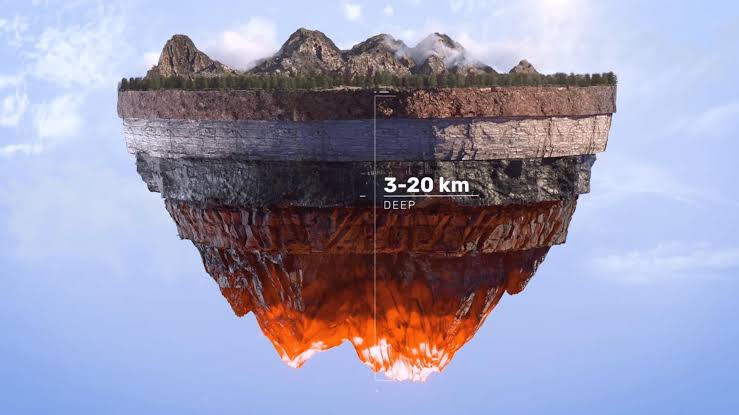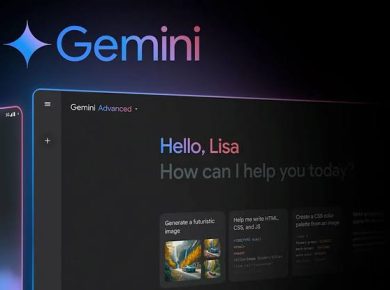Wherever there’s heat, there’s power. Paul Woskov from MIT explains that Earth’s subsurface heat is so abundant that exploiting just 0.1% of it could generate the world’s energy requirements for over 20 million years.
The problem is access. Geothermal energy stands out as a consistently reliable green power source when subterranean heat sources are both near the surface and close to power grids that enable cost-effective transmission. Even when sunlight and wind cease to exist geothermal energy remains constant because of the rock’s perpetual warmth. These optimal conditions for geothermal power occur infrequently so that geothermal energy contributes just about 0.3% to global energy needs.
That’s where Quaise comes in. Quaise Energy plans to use high-power millimeter waves to vaporize rock which may unlock the extraction of extremely hot geothermal energy from depths that have not been reached before.
Traditional drilling methods face limitations around seven miles deep because of intense heat and pressure while Quaise’s innovative technique may reach depths of more than 12 miles to access high-temperature geothermal energy zones. Beyond conventional drilling depths geothermal energy looks to go into a supercritical state which provides superior efficiency and energy production. This technology holds the potential to provide an endless source of clean and renewable energy which would decrease our reliance on fossil fuels.
Gyrotron-powered millimeter waves based on nuclear fusion research techniques break rock at the atomic level to eliminate the need for traditional drill bits which fail under extreme conditions. Quaise’s drilling approach avoids mechanical constraints of traditional methods to cut costs and accelerate geothermal projects for large-scale energy solutions.
The startup which receives support from investors and scientific institutions expects to showcase its initial deep drilling system in 2026. The technology holds the potential to enable fossil fuel plants to operate as geothermal power stations through retrofitting while avoiding extensive infrastructure changes. This technology represents a vital component in the move toward renewable energy because it delivers stable carbon-free electricity that remains constant without being affected by weather variations which impact solar and wind energy.
Engineering challenges and regulatory approvals along with significant implementation costs continue to pose obstacles despite the potential promise of the technology. Quaise’s drilling technique could lead to a historic milestone for clean energy by establishing geothermal power as a significant force in the worldwide shift towards sustainable energy solutions.






